Pei Du
DeepFake MNIST+: A DeepFake Facial Animation Dataset
Aug 18, 2021
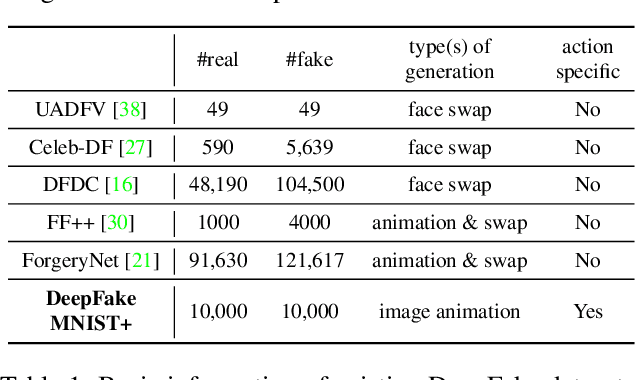

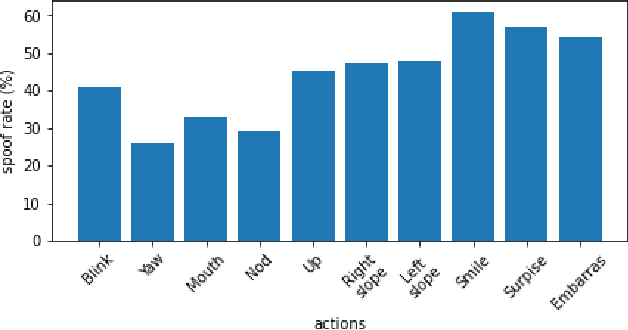
Abstract:The DeepFakes, which are the facial manipulation techniques, is the emerging threat to digital society. Various DeepFake detection methods and datasets are proposed for detecting such data, especially for face-swapping. However, recent researches less consider facial animation, which is also important in the DeepFake attack side. It tries to animate a face image with actions provided by a driving video, which also leads to a concern about the security of recent payment systems that reply on liveness detection to authenticate real users via recognising a sequence of user facial actions. However, our experiments show that the existed datasets are not sufficient to develop reliable detection methods. While the current liveness detector cannot defend such videos as the attack. As a response, we propose a new human face animation dataset, called DeepFake MNIST+, generated by a SOTA image animation generator. It includes 10,000 facial animation videos in ten different actions, which can spoof the recent liveness detectors. A baseline detection method and a comprehensive analysis of the method is also included in this paper. In addition, we analyze the proposed dataset's properties and reveal the difficulty and importance of detecting animation datasets under different types of motion and compression quality.
A novel hybrid model based on multi-objective Harris hawks optimization algorithm for daily PM2.5 and PM10 forecasting
May 30, 2019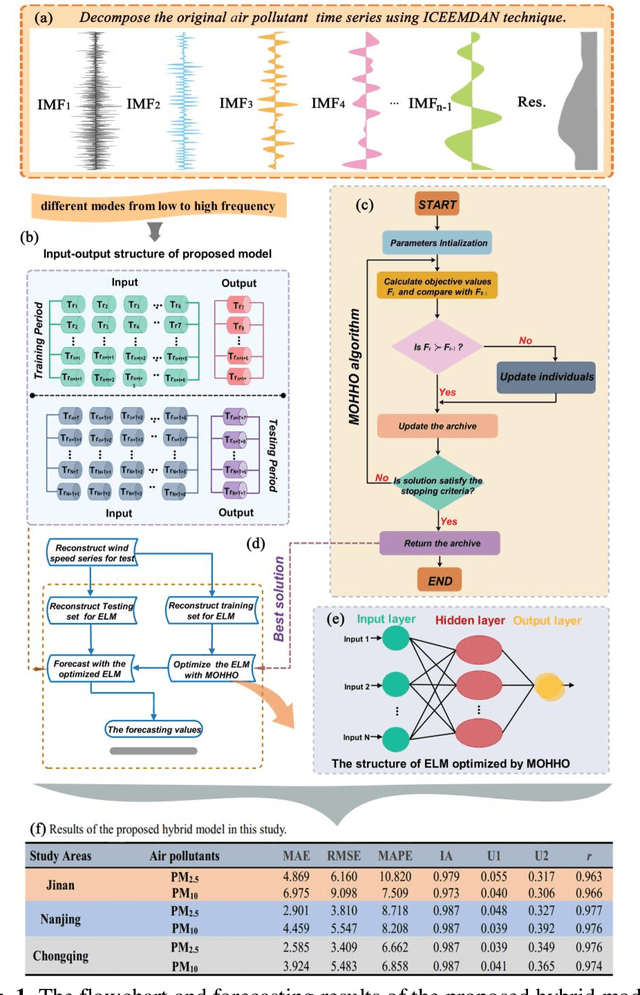
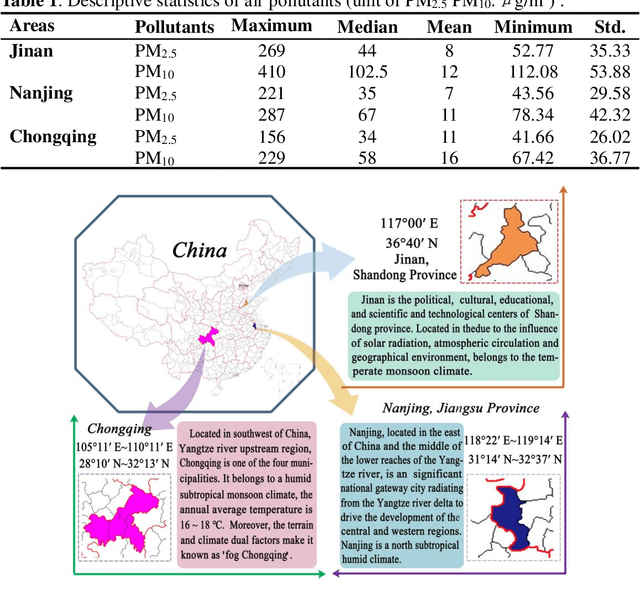
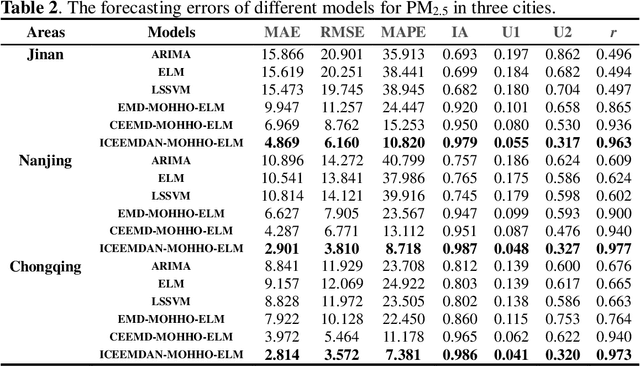
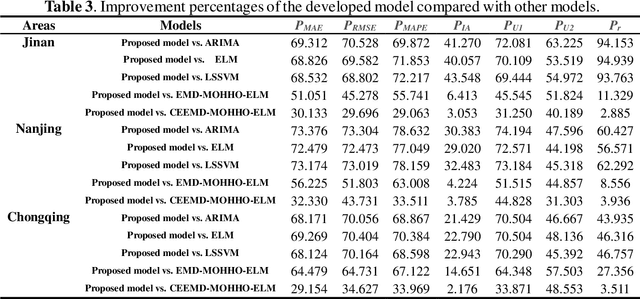
Abstract:High levels of air pollution may seriously affect people's living environment and even endanger their lives. In order to reduce air pollution concentrations, and warn the public before the occurrence of hazardous air pollutants, it is urgent to design an accurate and reliable air pollutant forecasting model. However, most previous research have many deficiencies, such as ignoring the importance of predictive stability, and poor initial parameters and so on, which have significantly effect on the performance of air pollution prediction. Therefore, to address these issues, a novel hybrid model is proposed in this study. Specifically, a powerful data preprocessing techniques is applied to decompose the original time series into different modes from low- frequency to high- frequency. Next, a new multi-objective algorithm called MOHHO is first developed in this study, which are introduced to tune the parameters of ELM model with high forecasting accuracy and stability for air pollution series prediction, simultaneously. And the optimized ELM model is used to perform the time series prediction. Finally, a scientific and robust evaluation system including several error criteria, benchmark models, and several experiments using six air pollutant concentrations time series from three cities in China is designed to perform a compressive assessment for the presented hybrid forecasting model. Experimental results indicate that the proposed hybrid model can guarantee a more stable and higher predictive performance compared to others, whose superior prediction ability may help to develop effective plans for air pollutant emissions and prevent health problems caused by air pollution.
 Add to Chrome
Add to Chrome Add to Firefox
Add to Firefox Add to Edge
Add to Edge